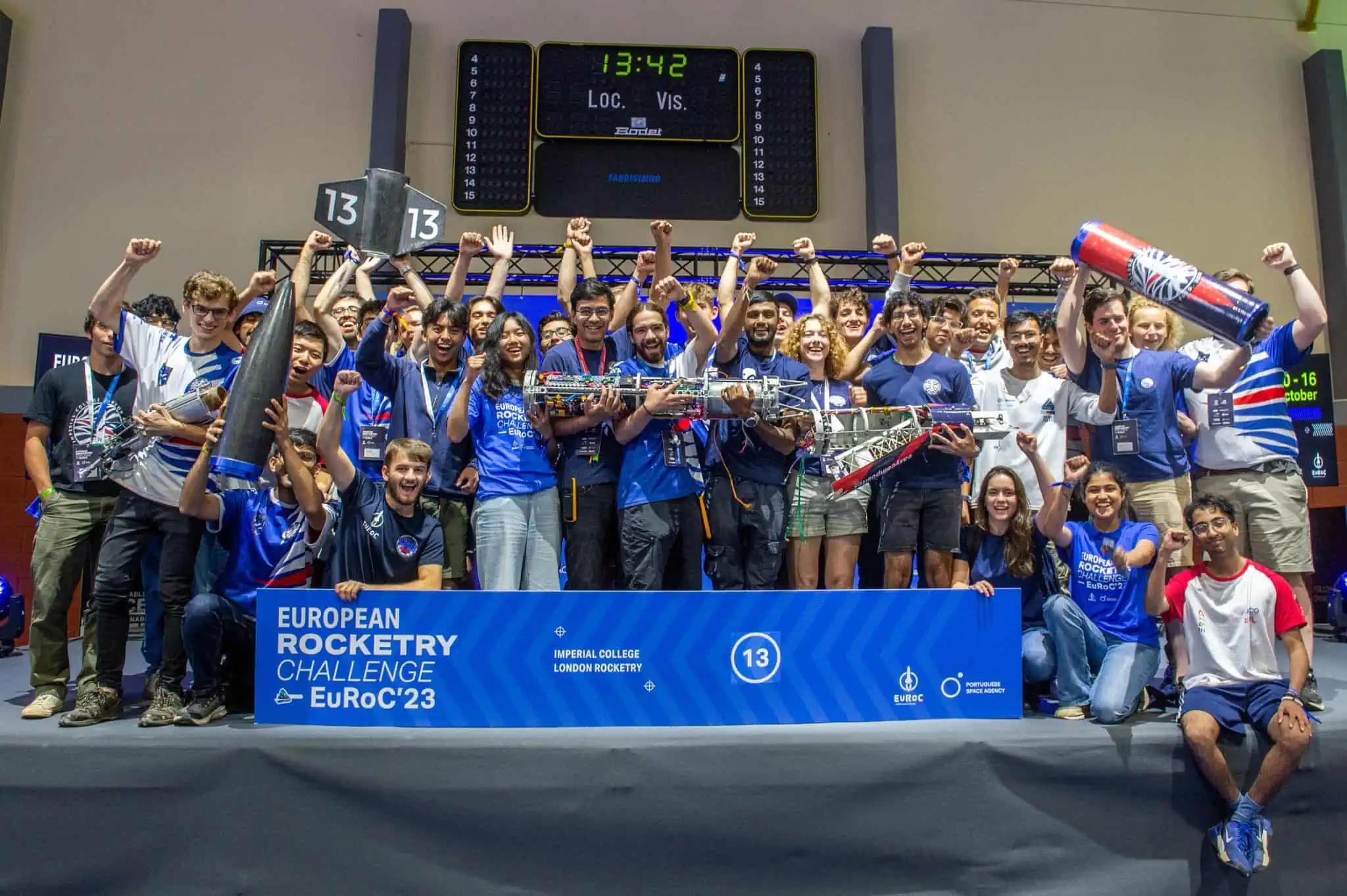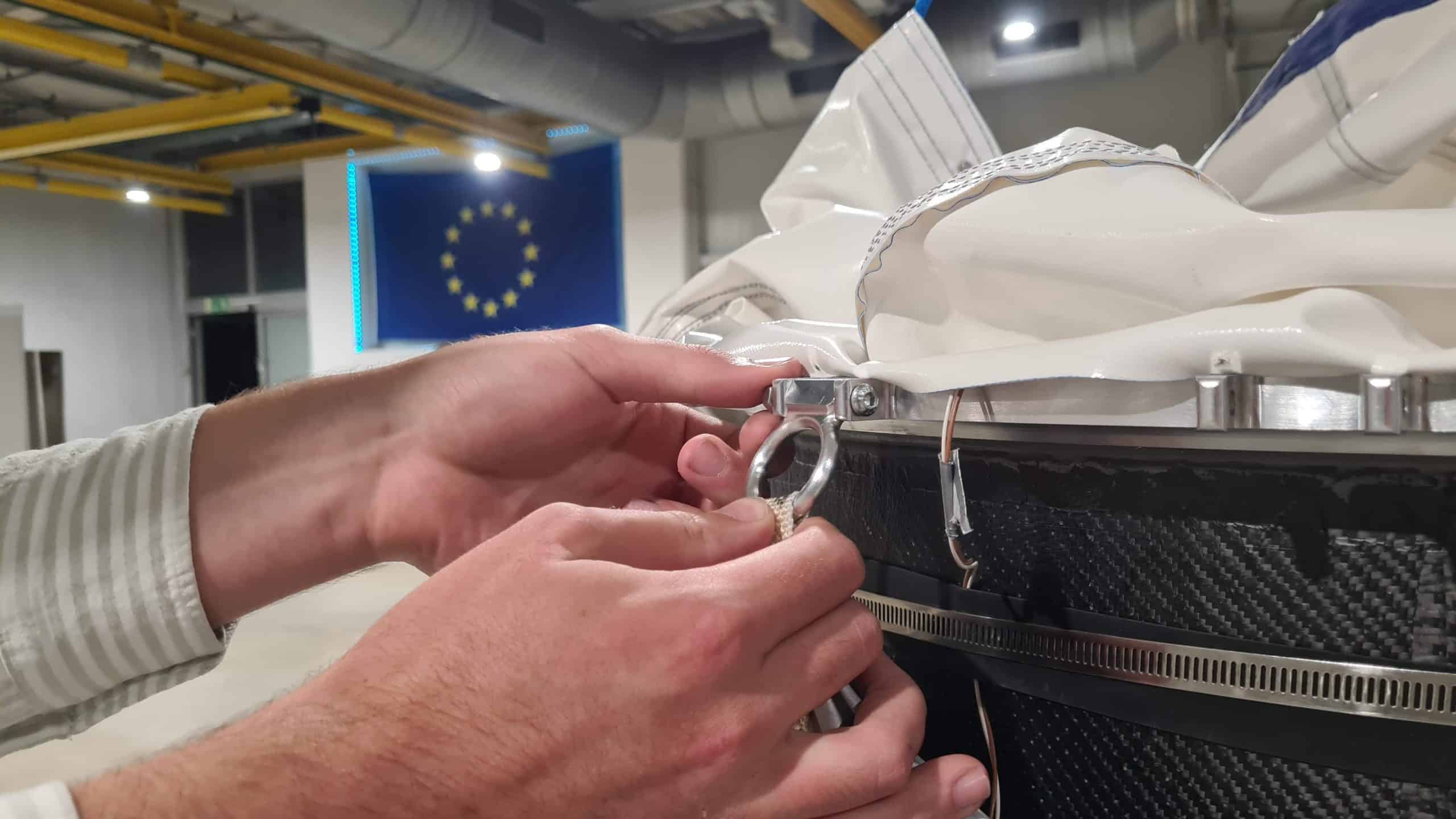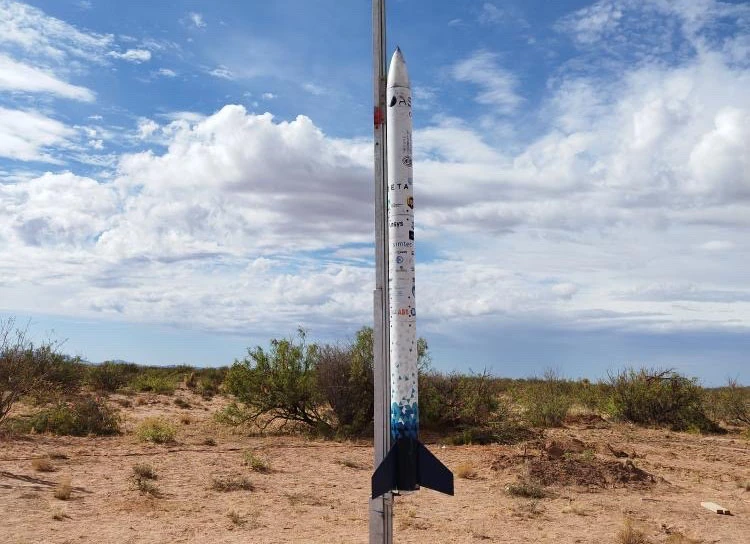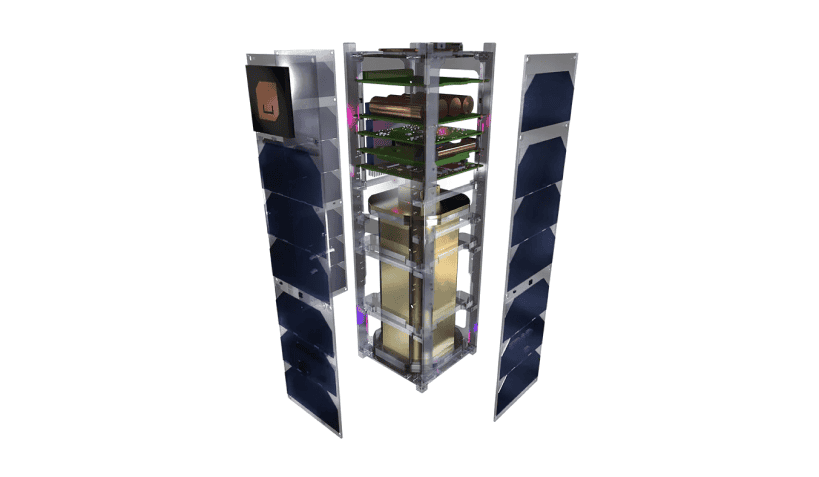TRACE, or the TRAnspiration Cooling Experiment, is designed to test transpiration cooling technology for heat shields. The experiment involves a free-flying unit (FFU) deployed from a rocket to measure heat dissipation during atmospheric re-entry at speeds up to Mach 3.2. The team aims to enhance heat management for spacecraft re-entry, recognizing the potential of transpiration cooling as a reusable and efficient alternative to traditional heat shields. This breakthrough could reduce costs and material requirements for future space missions.
The Promise of Transpiration Cooling
Heat shields are essential for spacecraft designed to land on other planets or return safely to Earth. They protect against the intense aerothermal loads caused by the high kinetic energy of orbital re-entry, ensuring this energy is safely dissipated before the spacecraft reaches the surface. Current heat protection systems often require complex maintenance or are single-use, which limits their reusability in an era focused on sustainable space exploration.
Transpiration cooling offers a revolutionary alternative to ablative systems, which rely on destructive pyrolysis to manage heat. Instead, it expels gas through the spacecraft’s surface, creating a cooling layer that protects against intense thermal loads during re-entry.

From Concept to Reality: TRACE’s Journey
The TRACE concept originated from a bachelor thesis developed in collaboration with the German Aerospace Center (DLR). This initial work explored the feasibility of a transpiration cooling system for re-entry applications on a REXUS rocket. We refined these early ideas, setting specific experimental goals and transforming theoretical designs into practical, testable components.
Developing TRACE involved overcoming several technical challenges:
- Miniaturization: Ensuring all systems fit within a compact capsule without compromising functionality.
- Parachute deployment: Testing and ensuring stable deployment of the high-speed parachute at supersonic speeds.
- Aerodynamics: Optimizing the capsule’s shape to minimize drag and maintain a stable trajectory.
- Production delays: Navigating unavoidable delays by adjusting timelines and focusing on other project areas.

What Makes TRACE Groundbreaking
TRACE incorporates several advanced technical features to meet the extreme demands of re-entry testing. The capsule is engineered to reach speeds of up to Mach 3, generating intense heating conditions in the dense atmosphere to rigorously evaluate the cooling system. Its high ballistic coefficient ensures stability and sustained velocity throughout descent.
At the core of its innovation is a transpiration cooling system that uses Argon gas to shield heat-exposed surfaces, safeguarding the structure from severe thermal loads. Complementing this is a supersonic parachute, capable of deploying at Mach 2 around 10 km altitude, which ensures a controlled descent and enables reliable data collection during re-entry.

TRACE stands out with pioneering features that set it apart from other experiments. It is among the first in-flight tests of transpiration cooling as a heat shield, representing a significant step toward reusable thermal protection systems for high-speed re-entry. Its compact, bean-shaped pressure vessel, manufactured using metal 3D printing (similar to SLM but with a continuous laser) and Titan Grade 5 (Ti6Al4V), demonstrates the precision and versatility of advanced 3D printing in creating complex structural configurations.
Additionally, the supersonic parachute, designed for deployment at Mach 2, ensures a safe descent and enables consistent data transmission even under extreme high-speed conditions.
Lessons and Advice for Future Space Innovators
As a team, we take immense pride in the engineering and dedication that culminated in TRACE’s successful launch from Esrange (Sweden) in March 2024. Achieving this milestone demanded exceptional technical precision and unwavering commitment, making the project’s completion an incredibly rewarding experience. Equally important was the mutual support we provided each other during setbacks and challenges, which strengthened our resilience and unity. These obstacles pushed us to adapt and grow, and this shared perseverance stands as one of our most significant achievements.
Looking to the future, we are excited to embark on TRACER, an evolution of the TRACE project. TRACER will be integrated directly into the rocket, allowing us to investigate and compare multiple cooling media while improving system simplicity and component accessibility. By avoiding overly complex designs, TRACER aims to streamline construction, simplify updates, and foster further innovation in thermal protection systems.
For anyone embarking on a similar project, our key advice is to iterate and test as early as possible. Rapid prototyping provides invaluable feedback, enabling you to identify potential issues and refine your design efficiently. Adopt an agile mindset, remain flexible, and be prepared to adapt based on test results. This iterative approach is essential for achieving a successful outcome in any ambitious project.
Learn more about the TRACE project and Space Team Aachen.
Have you worked on or explored solutions for spacecraft systems, from heat management to propulsion or materials engineering? Share your insights about creating the next generation of reusable and efficient spacecraft systems!
Manufacturing stories & cases
Share your engineering or manufacturing story
If you want to share your story with others on xometry.pro, just fill out a short form
 Europe
Europe  Türkiye
Türkiye  United Kingdom
United Kingdom  Global
Global 

 Login with my Xometry account
Login with my Xometry account  0
0










Comment(0)